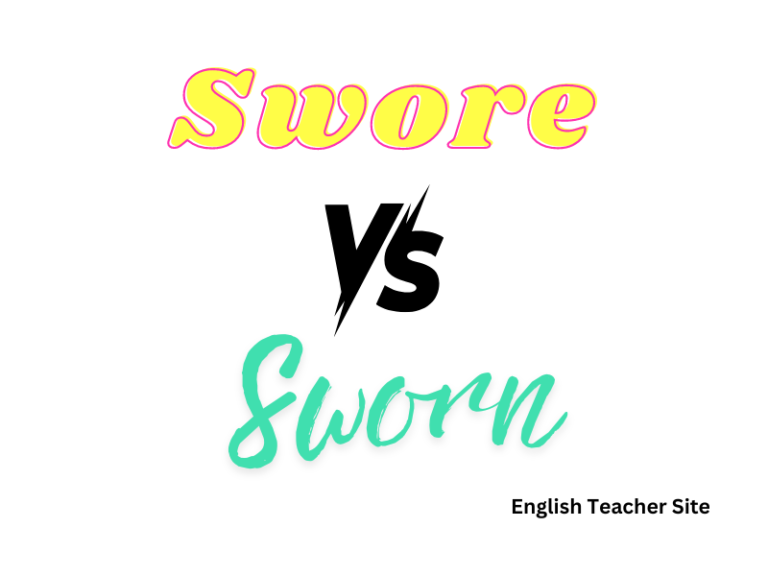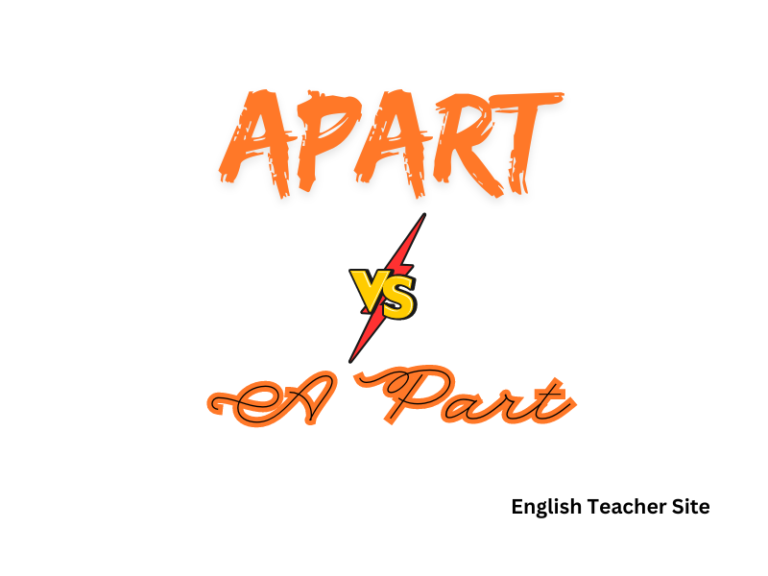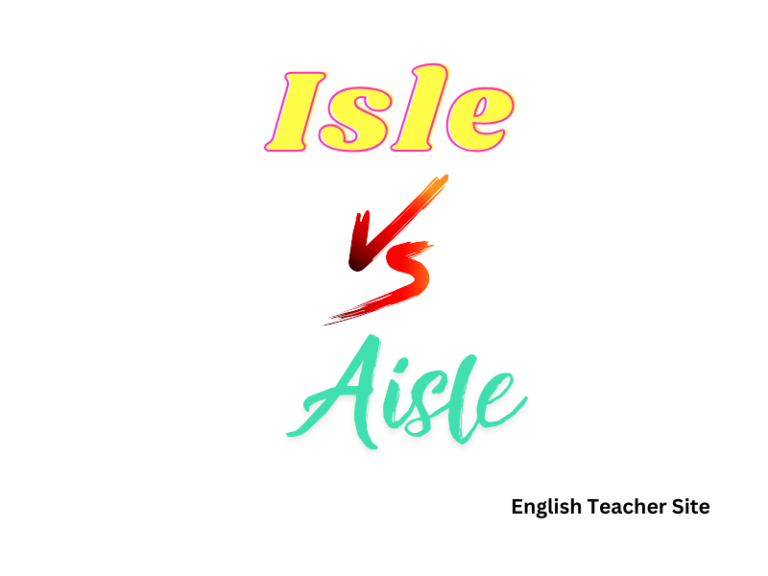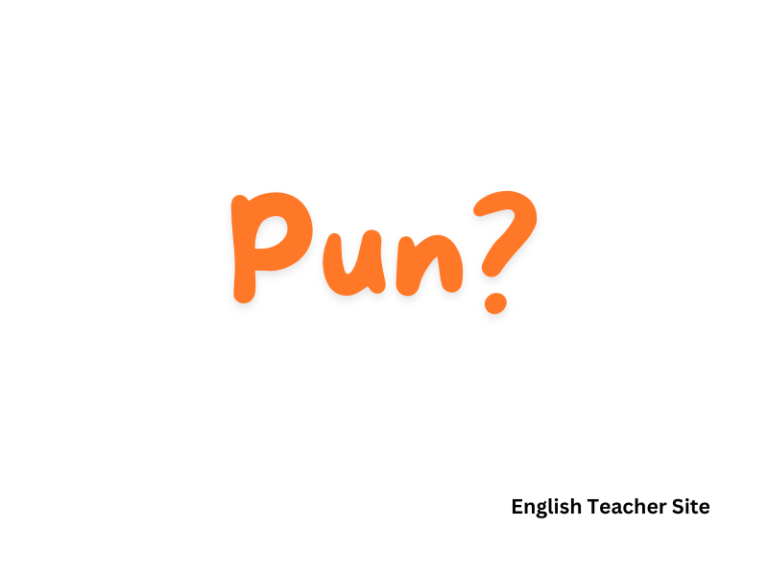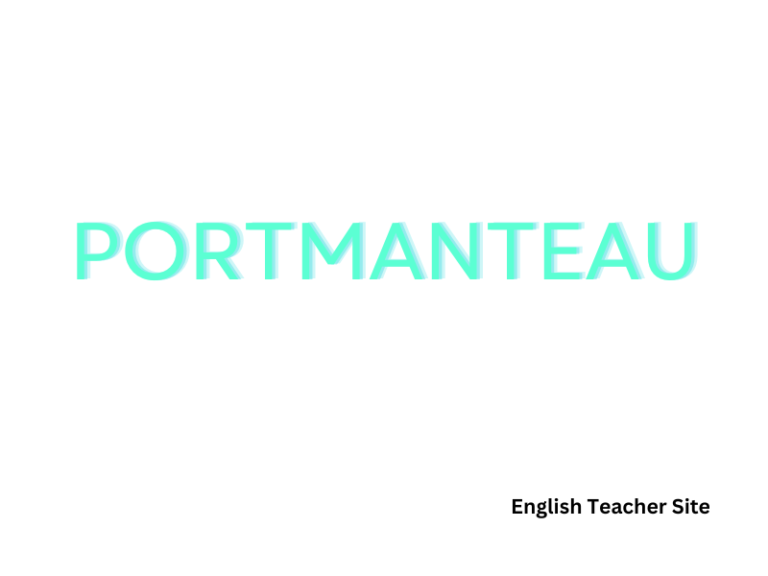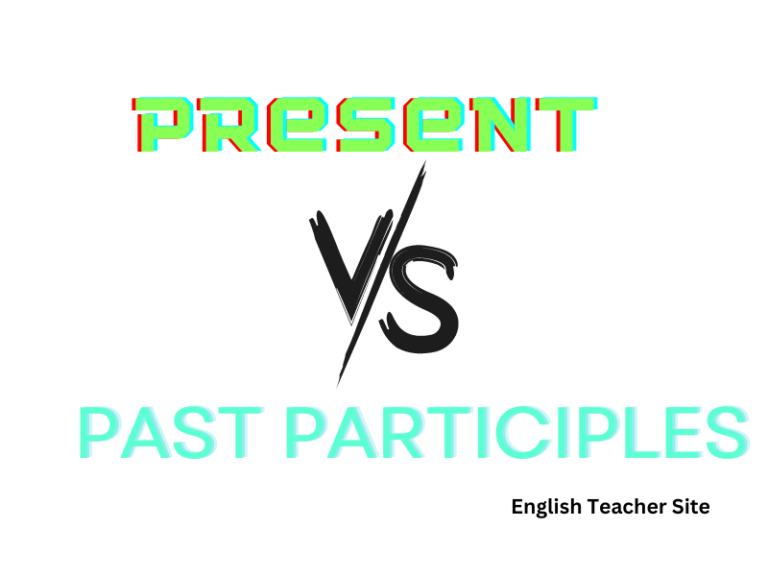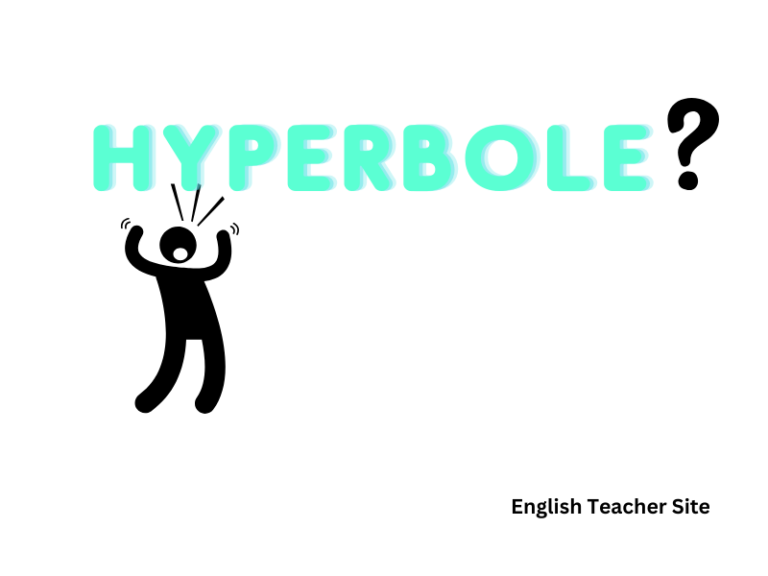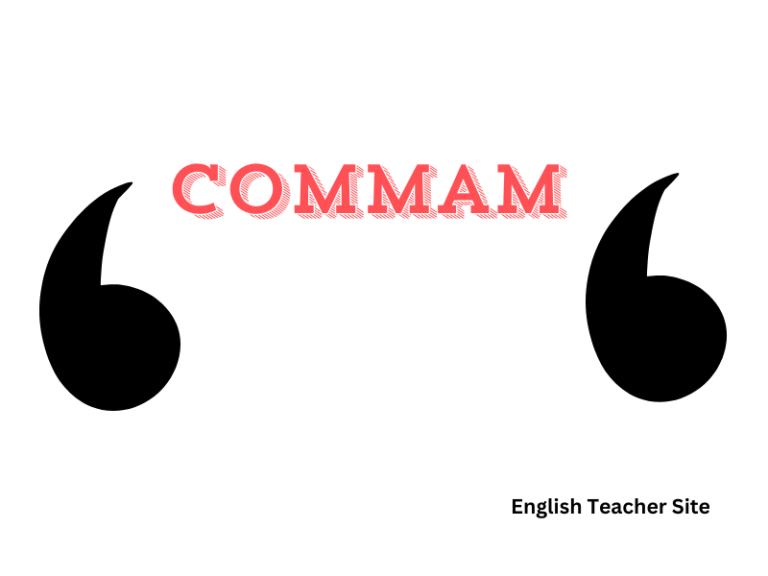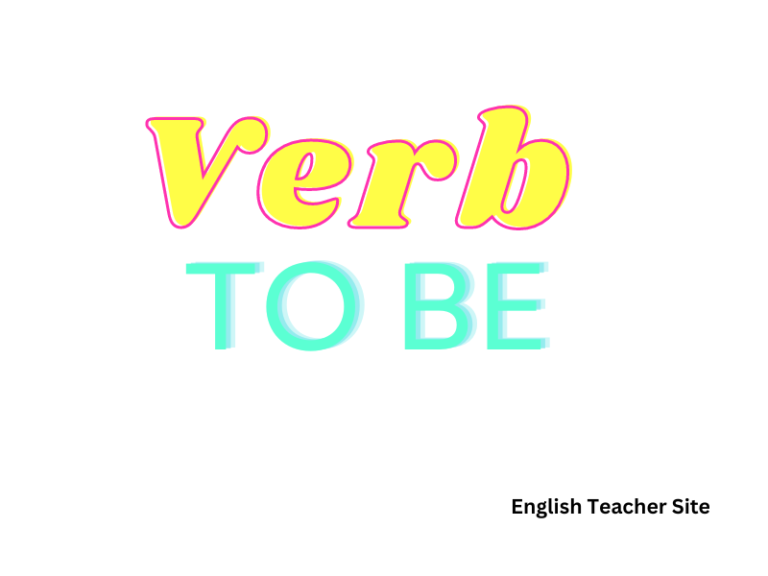Understanding Swore vs Sworn: Dissecting the Past Tense of Swear
To master these forms, it’s important to see them in context. Phrases in the present tense will use ‘swear’ to describe a current action, whereas ‘swore’ describes an action that has already happened. ‘Sworn’ is often seen in more formal or legal contexts and can convey an action that either happened at an indefinite time…

